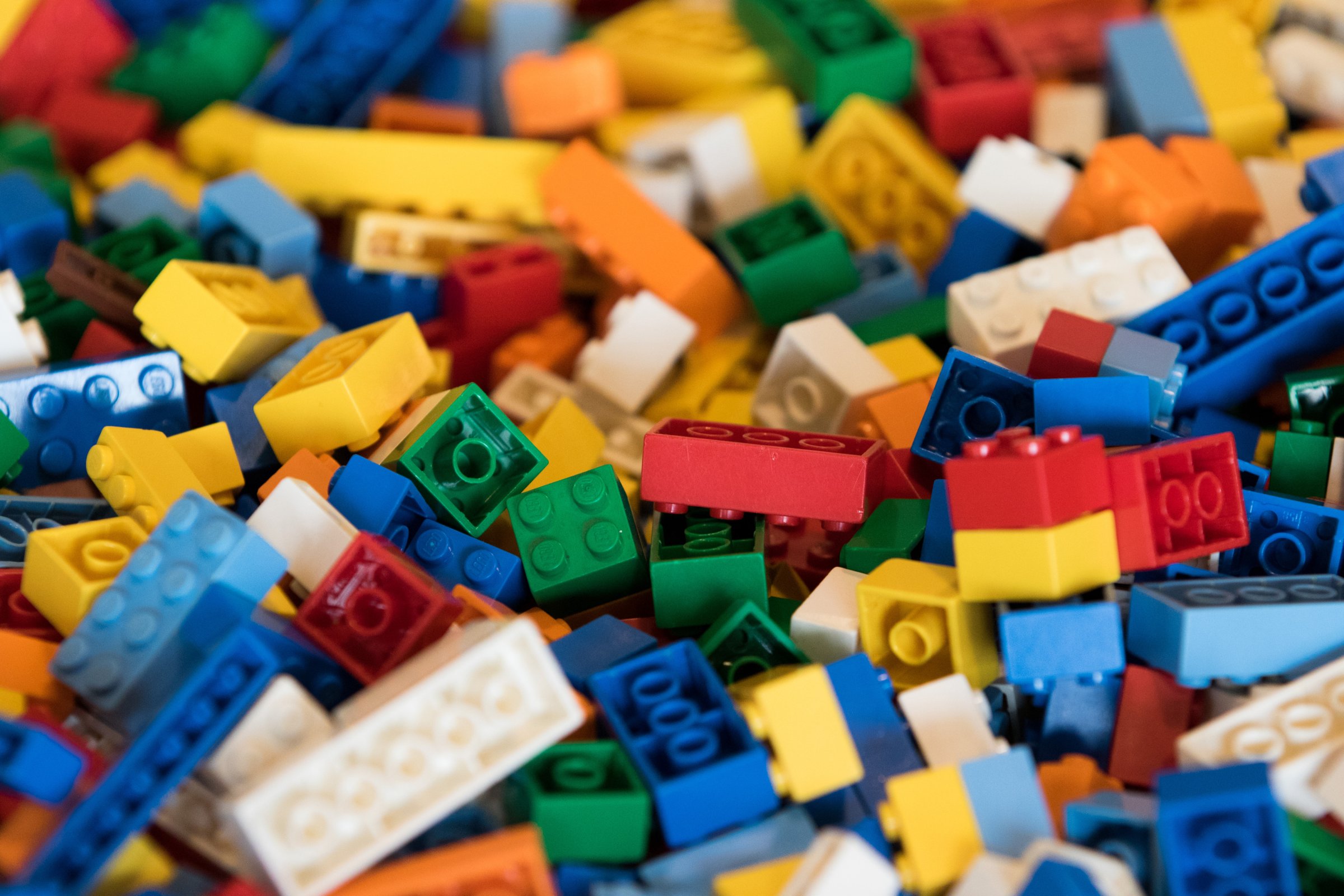
The Lego Group wants to replace the plastic in their products with a “sustainable material” by 2030, the company announced.
The world’s largest toy company will invest $1 billion in their new LEGO Sustainable Materials Centre in Denmark, which will be devoted to finding and implementing new sustainable alternatives for their current building materials. Lego plans on hiring 100 specialists for the center.
Legos have been made with a strong plastic known as acrylonitrile butadiene styrene since 1963. The company uses more than 6,000 tons of plastic annually to manufacture its products, according to NBC News. There is no official definition of a sustainable material.
Changing the raw material could have a large effect on Lego’s carbon footprint, especially considering that only 10% of the carbon emissions from Lego products come from its factories. The other 90% is produced from the extraction and refinement of raw materials, as well as distribution from factories to toy stores.
The company has already taken steps to lower its carbon footprint, including a reduction of packaging size and an investment in an offshore wind farm.
More Must-Reads From TIME
- The 100 Most Influential People of 2024
- The Revolution of Yulia Navalnaya
- 6 Compliments That Land Every Time
- What's the Deal With the Bitcoin Halving?
- If You're Dating Right Now , You're Brave: Column
- The AI That Could Heal a Divided Internet
- Fallout Is a Brilliant Model for the Future of Video Game Adaptations
- Want Weekly Recs on What to Watch, Read, and More? Sign Up for Worth Your Time
Contact us at letters@time.com